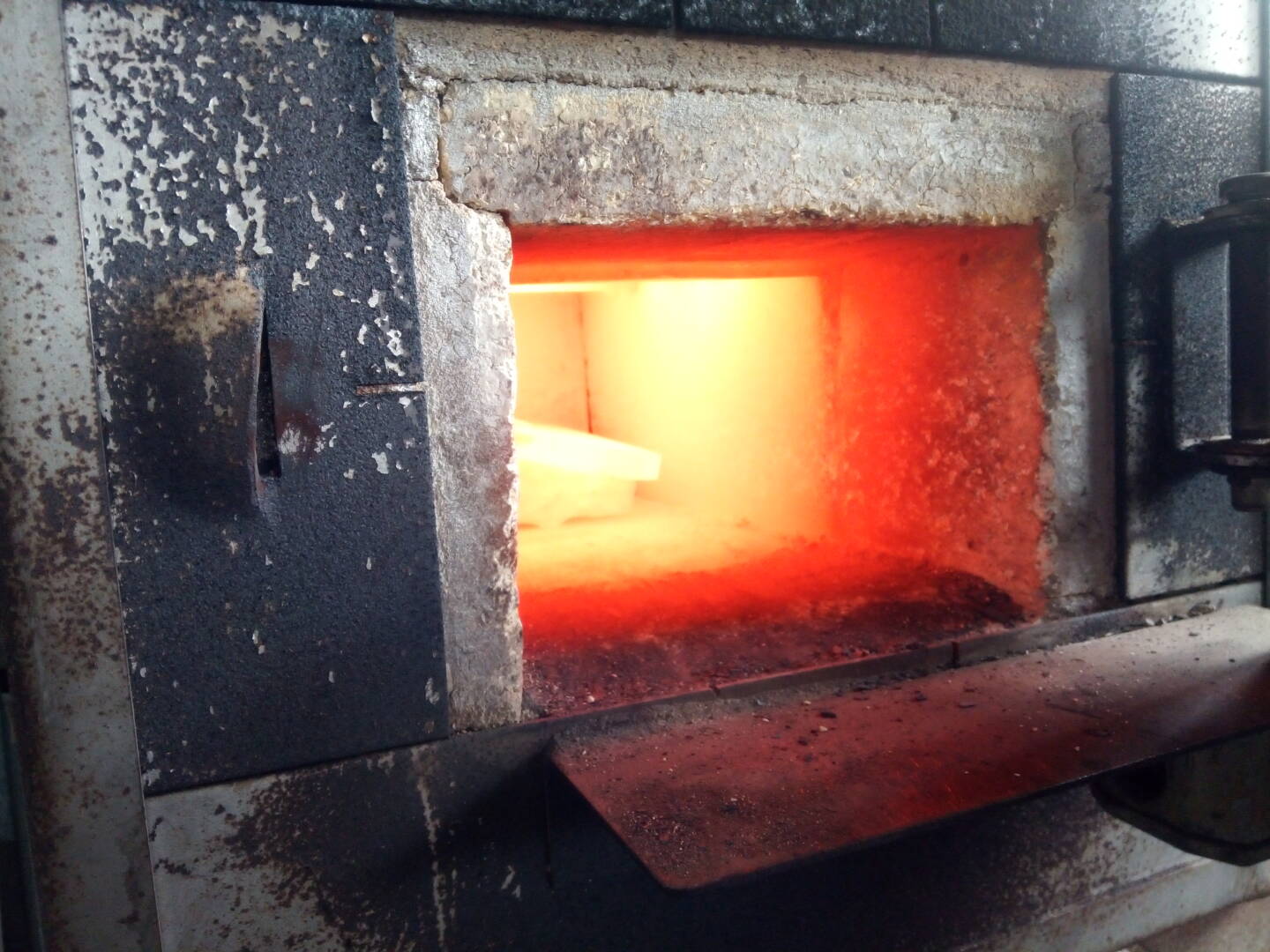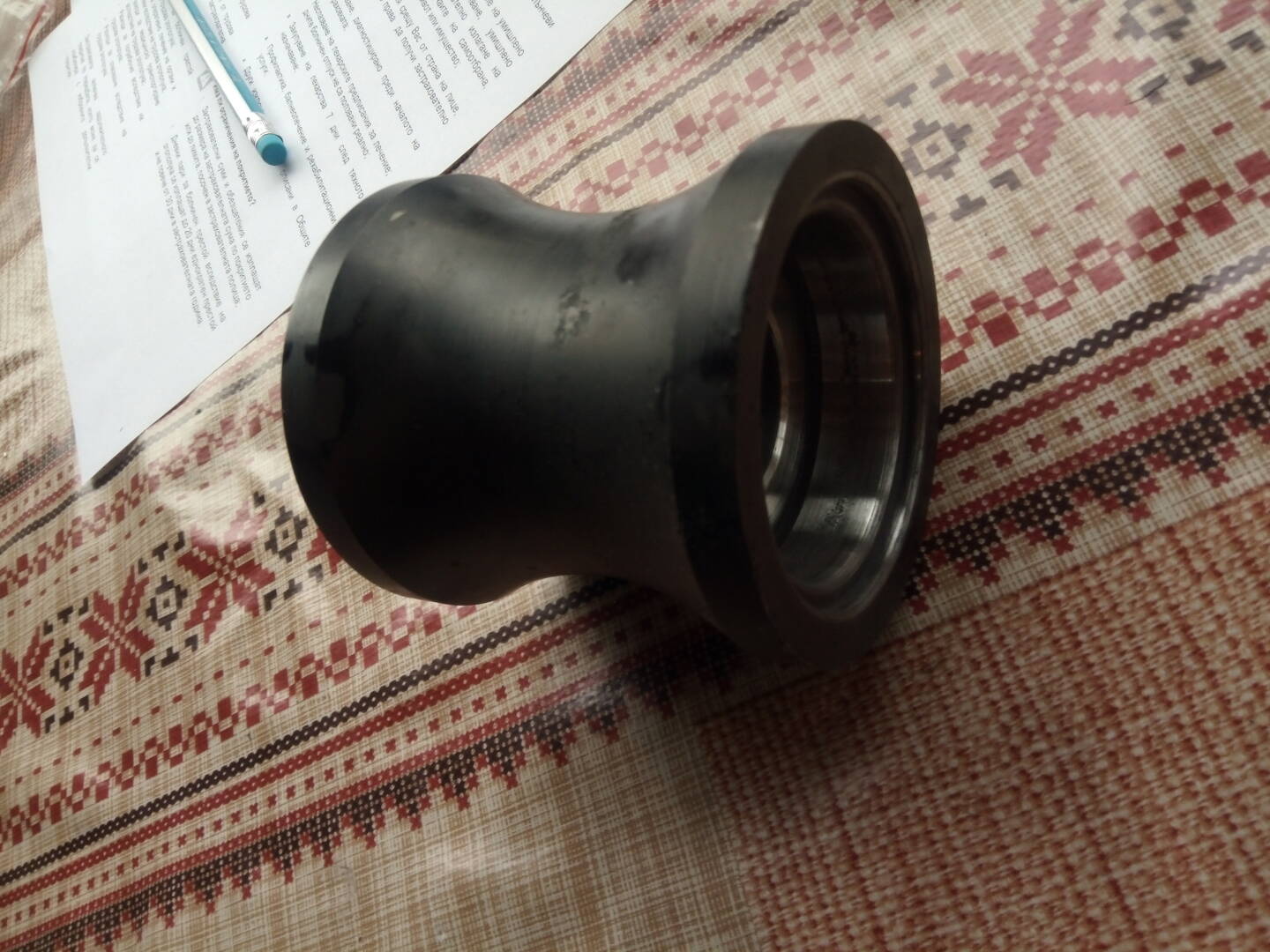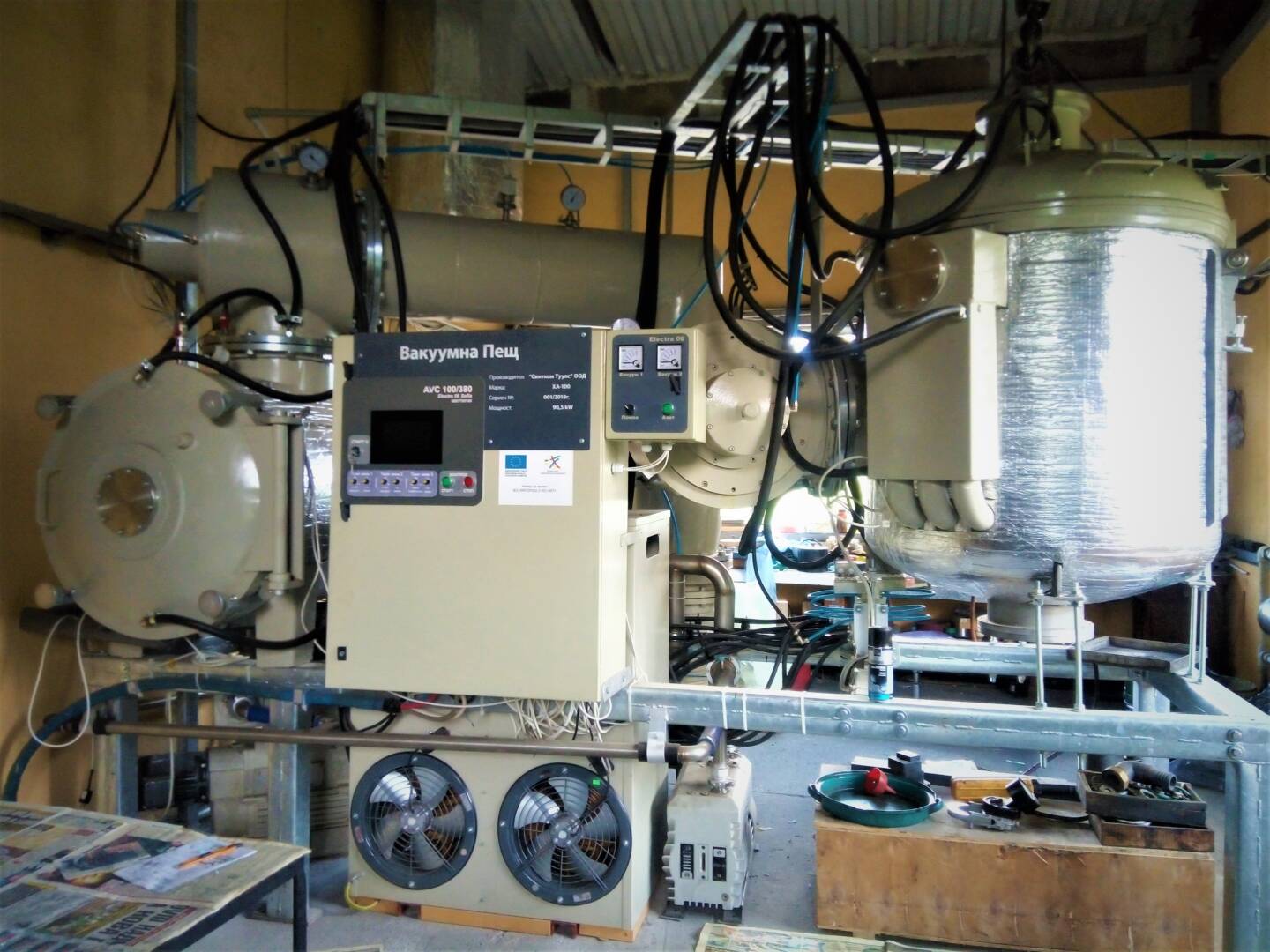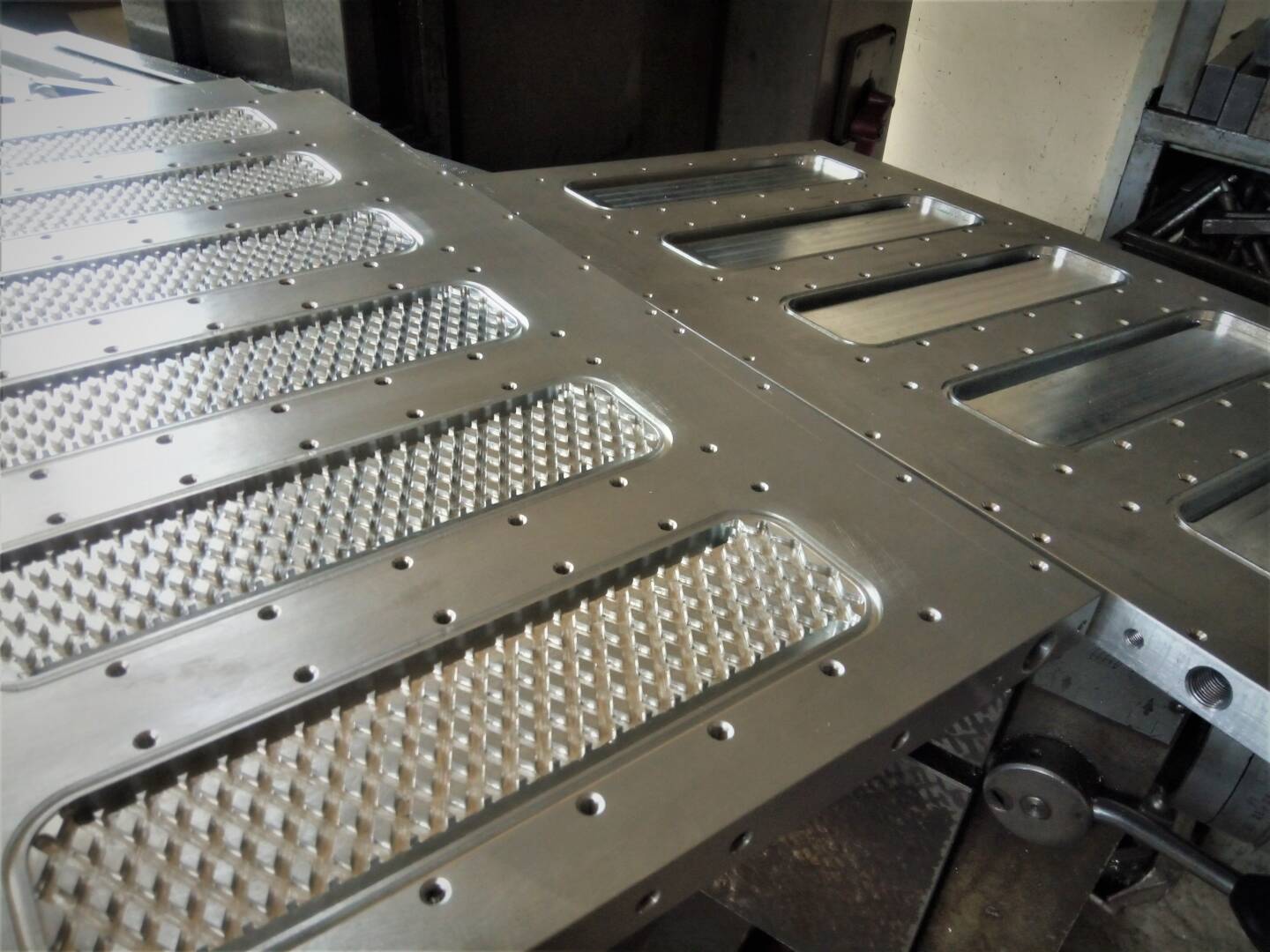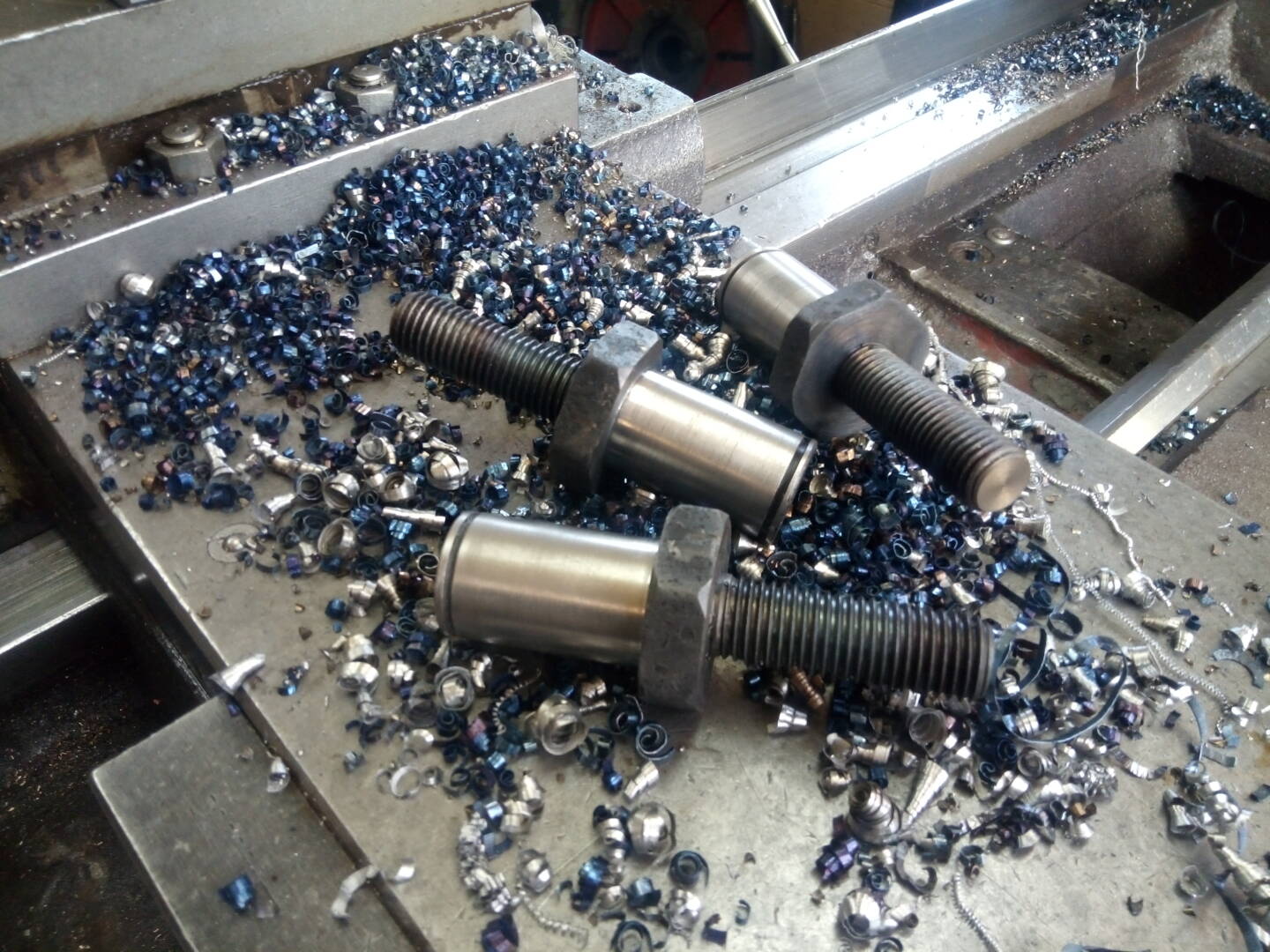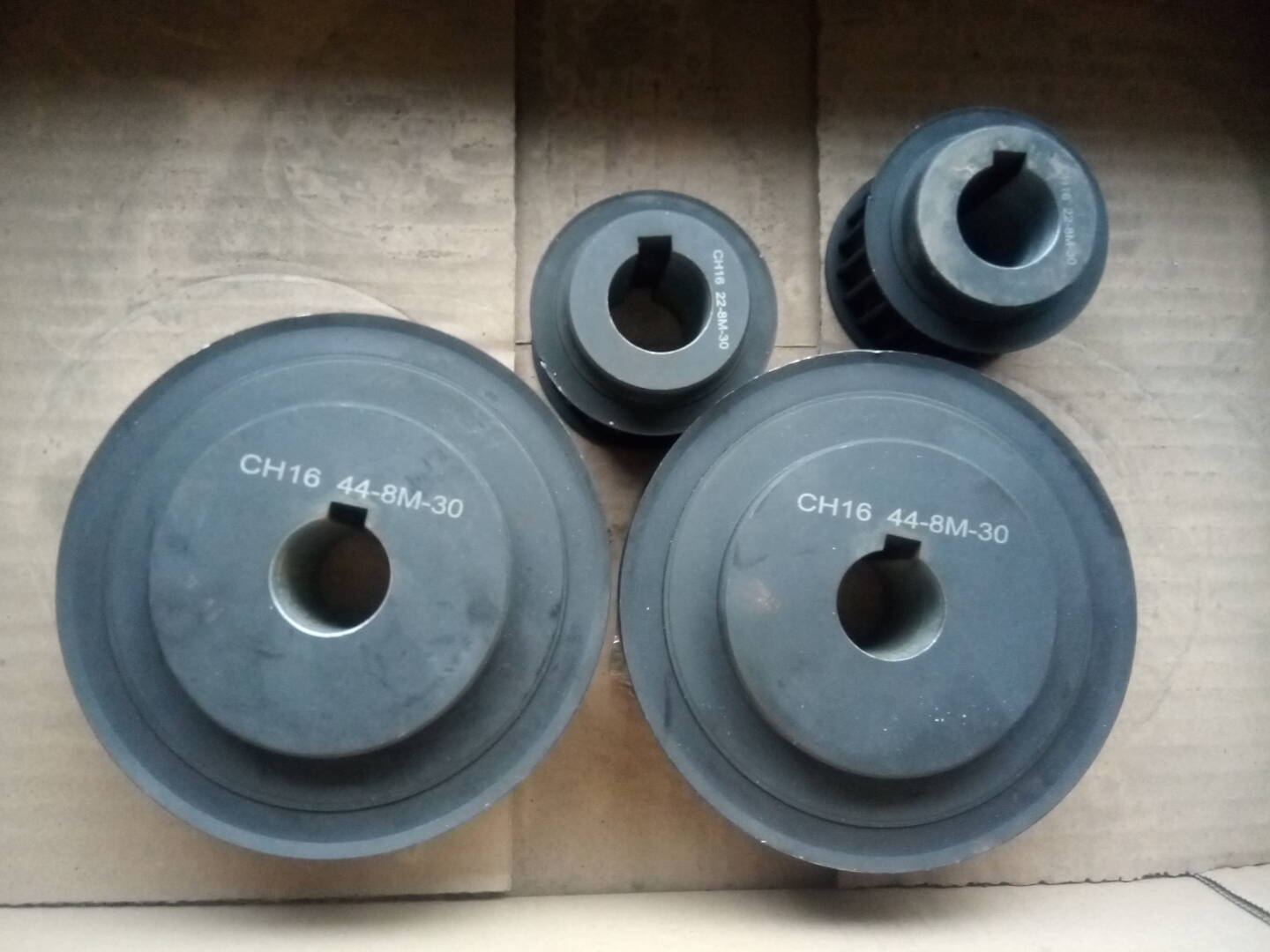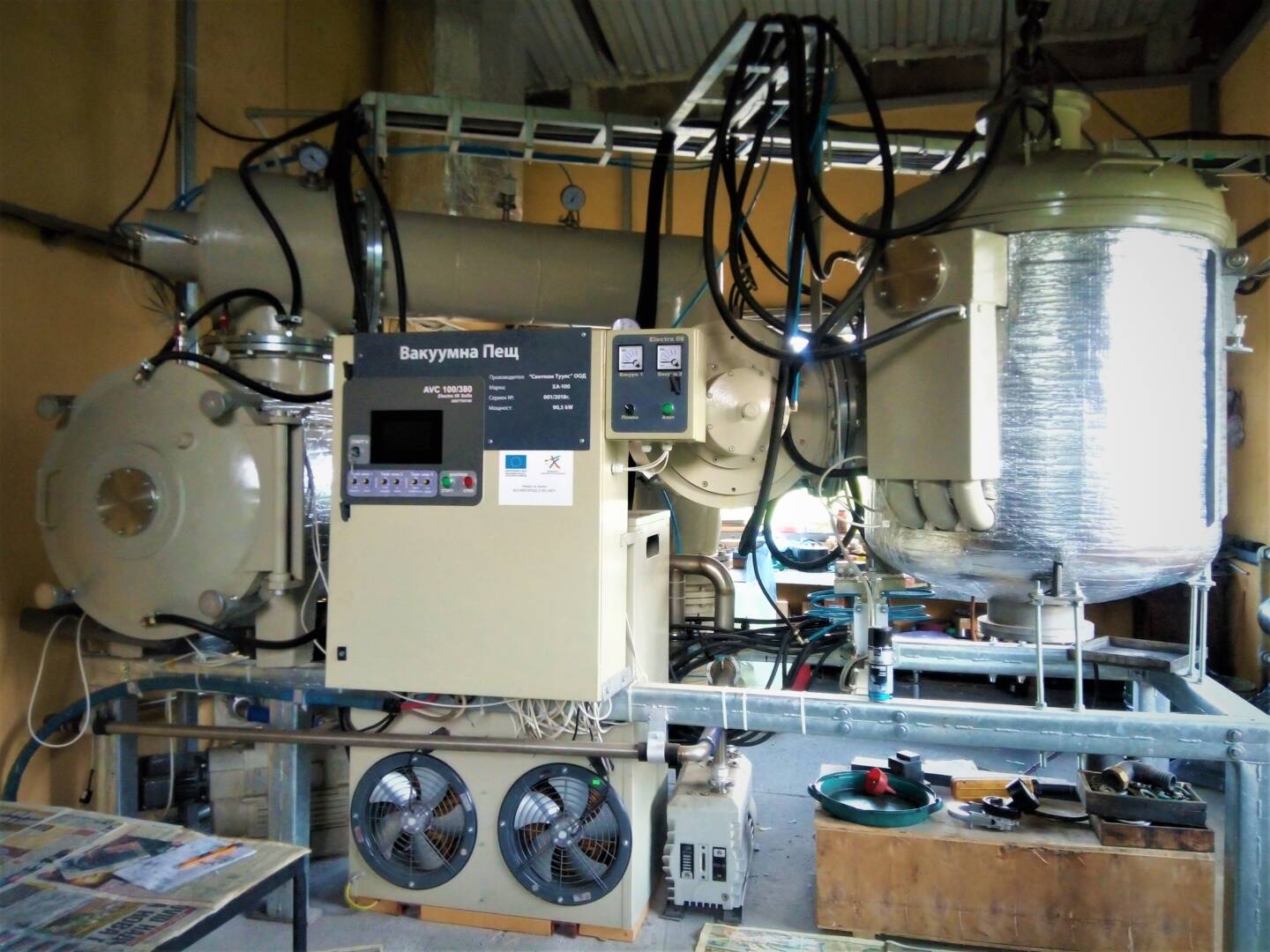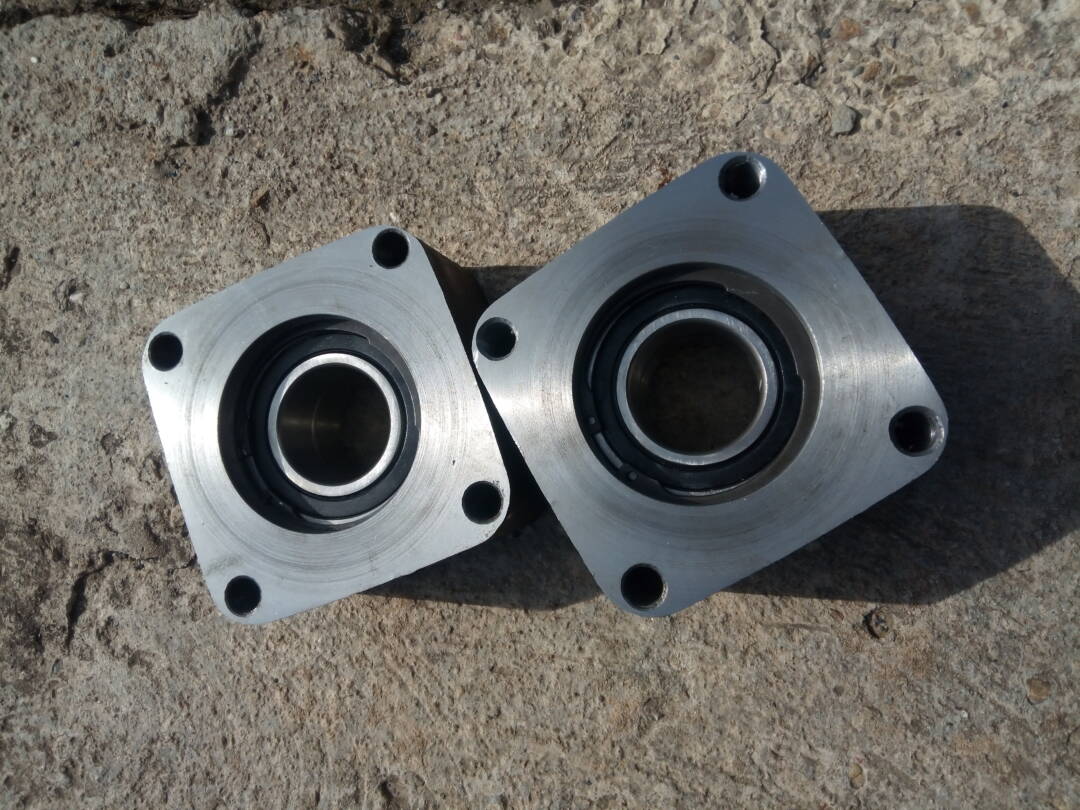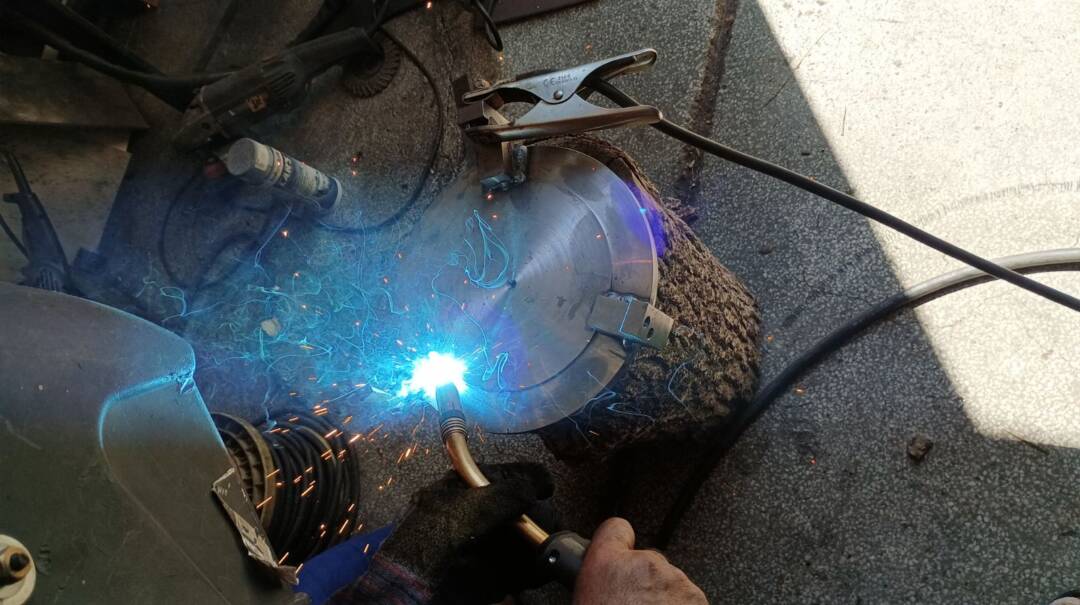We have several heat treatment furnaces. We carry out cementation, tempering, return details.
The cementation[1][2][3] is a chemical-thermal process in metallurgy.
It involves diffuse surface saturation of low-carbon and low-alloy steels with the element carbon, in which the compound cementite is formed (iron carbide). The process is sometimes called carbonization. The aim is to achieve increased hardness and wear resistance of the cemented parts. This works out, and after cementation, the details are subjected to hardening and low-temperature annealing.
Tempering is a technological process in heat treatment, in which a metal alloy heated to a certain temperature is subjected to rapid cooling, hindering the diffusion mobility of atoms and the progress of equilibrium phase transformations, as a result of which a high-temperature state is fixed in the cooled material (non-equilibrium crystal structures – martensite – are often obtained). Cooling occurs at a supercritical rate, therefore, all diffusion processes fail to take place in the material, characteristic of slow cooling.
Heat treatment of metals is a technological process in metalworking, in which the aim is to achieve a desired structure, and hence to desired strength and mechanical properties of the alloy or metal. Ferrous and non-ferrous metals and their alloys are subjected to heat treatment. Heating is done in furnaces or salt baths, and cooling – free in air or by immersion in oil or water. During heat treatment, the structure and properties of the metal change, without changing its shape. When, during the heat treatment, purposeful diffusion enrichment of the surface layer with an alloying element also occurs, we are talking about chemical-thermal treatment.
⦁ Annealing to remove internal stresses – by means of heating to a certain temperature and carrying out relaxation processes, the aim is to remove residual internal stresses.






